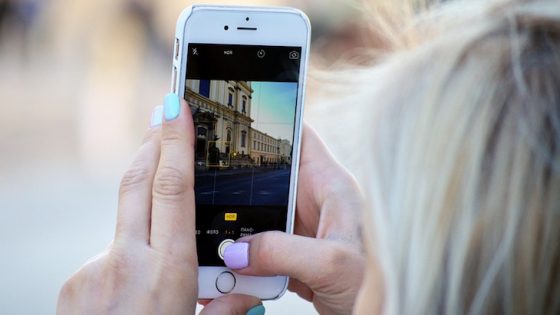For four weeks, Hotel Designs is working with author and CEO of DHM, Adam Hamadache, in order to explore the minefield of marketing. In his second article in the series of four, Hamadache explores a new acronym that should be on every hotel group’s radar, CRO…
For years, Search Engine Optimisation (SEO) has dominated the rhetoric, and discussion around digital marketing in the boutique hotel sector. SEO of course being the process of optimising your website in such a way that moves its listing further up the rankings on search engines like Google for search terms that fit the product best. In short, SEO is about more relevant traffic to your website.
However, a new acronym has popped up in recent years, and it’s worth taking note. CRO (Conversion Rate Optimisation) is the process of analysing website data in a bid to improve the amount of transactions achieved, relative to the volume of traffic received. Or in plain English: trying to squeeze as much business out of your website as possible.
The reason CRO – rather than SEO – should be on your radar, is best explained by the “leaky bucket” analogy. The basic premise being that your website is very much like a water bucket with lots of tiny holes in it. SEO is akin to pouring more water in at the top, whereas CRO is identifying where those holes are, and plugging them. The argument here being; CRO is the far wiser pursuit, in an attempt to keep more water in the bucket.
“The general rule of thumb is that if you keep browsers on your website for longer, the chances of them turning from ‘looker’ to ‘booker’ increases.”
An example of one of these ‘holes’ might be the image gallery page on your website, where perhaps 20 per cent of your traffic is leaving your website because the page is too slow to load. The ‘plugging’ of this ‘hole’ would be to speed up the loading time of this page, reducing the amount of people who get frustrated and leave. Simple, but effective.
Whilst this one small change is unlikely to rocket your conversion stats, the general rule of thumb is that if you keep browsers on your website for longer, the chances of them turning from ‘looker’ to ‘booker’ increases.
An advanced CRO strategy goes beyond just speeding up the load time and can involve things like split-testing landing pages – the process of serving 50% of your website’s traffic to version A of the website, and the other half to version B to determine which version converts best.
Put into practice, this might also involve the use of geo-targeted landing pages, using a sophisticated IP address tracking tool to determine the location of the web-browser, and using that information to present them a homepage most likely to serve them best. Whilst the technicalities of this can be complex, the premise of serving food and beverage imagery and copy to web-browsers within close proximity of the hotel, and accommodation-themed content to those a little further afield makes logical sense and can vastly improve conversion rates.
“And therein lies the other big problem with SEO – it’s more difficult than ever to work your way up the ranks.”
Yes, the technology of websites has moved on, but why should a CRO budget be replacing your SEO budget, you might wonder? Chances are, your hotel website doesn’t need more traffic, it just needs to convert more of it. It’s not uncommon for a 30-bedroom property to receive over 5,000 unique users to its website each month, but average one booking a day through its direct channel.
In the above website example, 5,000 unique users are needed to achieve 30 bookings each month: a conversion rate of 0.6 per cent. To achieve one extra booking per day, an SEO strategy would need to deliver an extra 5,000 unique users each month, whereas a CRO strategy would need to find just an extra 30 customers out of the original 5,000. Needless to say, it’s a great deal easier and cheaper to double your website’s conversion rate, than it is to double your traffic.
And therein lies the other big problem with SEO – it’s more difficult than ever to work your way up the ranks, let alone double the volume of traffic. Google’s become incredibly smart, to the point where the strategies that guaranteed higher traffic just 3 years ago, actively work against your website today. And who’s to say that the things your SEO agency are doing today, won’t change next year and undo all their good work?
Whilst this is unlikely, Google’s algorithms are almost certain to continue to adapt and become smarter, leaving a “traffic plateau effect” for businesses like boutique hotels, unable to rank high for the most lucrative search terms, but served a healthy and well-proportioned dose of traffic for their needs.
The point is, and has always been this: it’s not important how much traffic your website gets, rather how much of that traffic goes onto convert into a booking. CRO – the intelligent use of data and technology to convert more sales – should be prioritised over SEO based on both logical and economical grounds.
About the author
Adam Hamadache is the author of Amazon No.1 best-selling hotel book The Direct Method and the CEO of hotel marketing agency DHM. Having worked with hotels (including his own) for more than 10 years, Hamadache has created a proven marketing strategy to reduce over-reliance on expensive third party bookings.
The first article in this serires by Hamadache explored why hotels should be ‘remarketing’ themselves.
Main image credit: Pixabay




